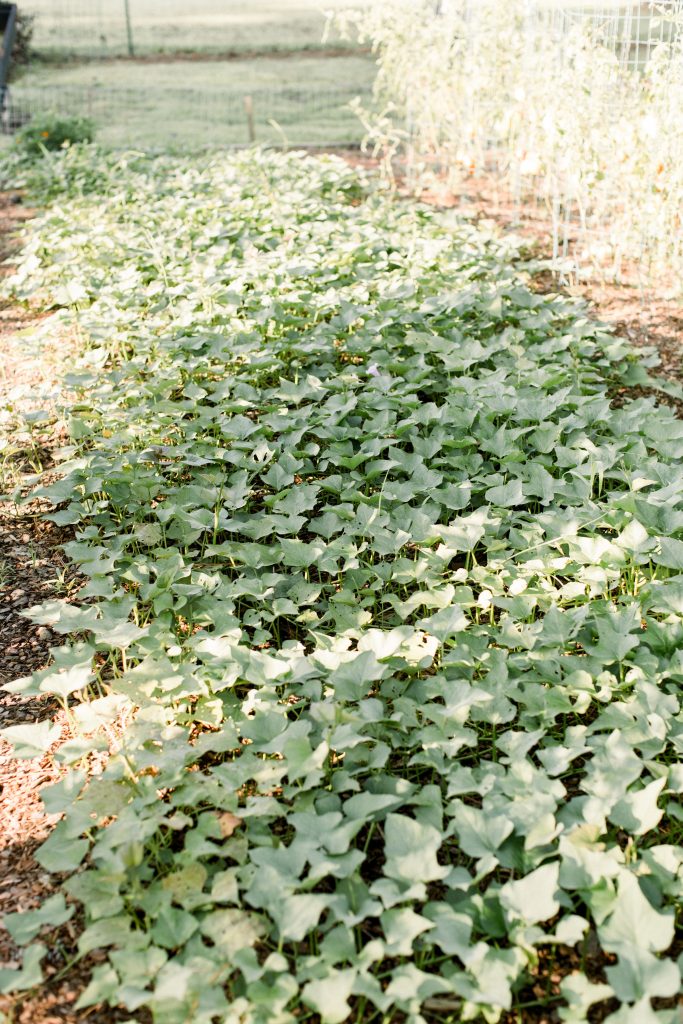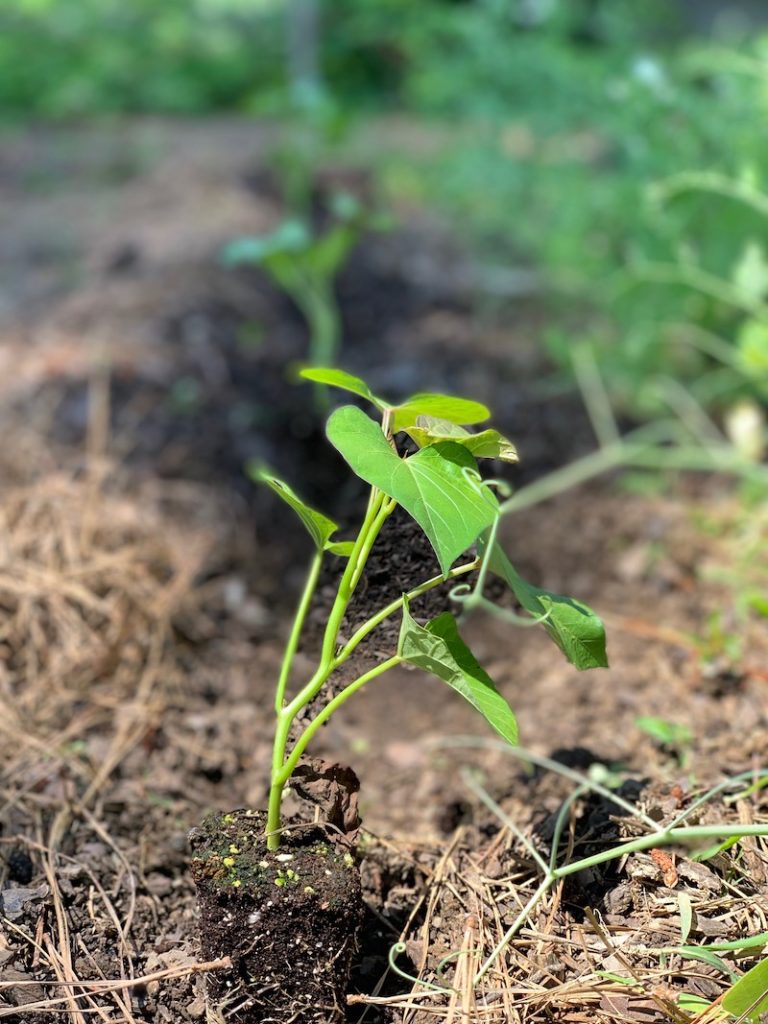Hey there, fellow gardeners! I’ve got some exciting news for those wondering if they’ve missed the sweet potato planting window. The short answer? It’s probably not too late! As someone who’s been growing these delicious tubers for years, I’m here to share everything you need to know about late-season sweet potato planting.
The Truth About Sweet Potato Planting Times
Let me bust a major myth right off the bat Sweet potatoes aren’t just a southern crop that needs an super-long growing season. Here’s what really matters
- Heat Units Matter More Than Days: It’s not about how many days you have left – it’s about heat units! Sweet potatoes need about 1,200 heat units to produce a decent crop.
- Late Planting Can Be Better: Surprisingly, planting in early July often produces better results than May plantings.
- Soil Temperature Is Key: Sweet potatoes love warm soil – they actually perform better when planted in stable, warm conditions.
Why Late Planting Sometimes Works Better
From my experience and research here’s why late planting can be awesome
- More Uniform Roots: July plantings often produce more uniform sweet potatoes
- Better Storage Quality: Late-planted crops typically keep better in storage
- Less Disease Issues: Faster growth means less time for surface fungi to develop
- Optimal Growing Conditions: Plants benefit from peak summer heat
How to Calculate If You Still Have Time
Here’s a simple way to figure out if you can still plant:
- Calculate daily heat units:
- Add the day’s high and low temperatures
- Divide by 2
- Subtract 55
- That’s your daily heat unit number
Example:
High temp: 90°FLow temp: 70°F(90 + 70) ÷ 2 = 8080 - 55 = 25 heat units for that dayTips for Late-Season Success
If you’re doing a late planting, here’s how to maximize your chances of success
1. Use Black Plastic Mulch
- Helps warm the soil
- Reduces weed competition
- Conserves moisture
2. Choose Early Varieties
- Focus on varieties labeled “Early” or “Early/Midseason”
- These need fewer heat units to mature
3. Provide Extra Warmth
- Consider using row covers
- Create mini tunnels with clear plastic
- Remove covers during extremely hot days
4. Water Management
- Keep soil very wet for first 7-10 days after planting
- Reduce watering once plants establish
- Avoid overwatering during the growing season
Common Mistakes to Avoid
Listen up! Here’s what not to do:
- Don’t Refrigerate Slips: This damages them – use wet soil or peat moss instead
- Skip the Repotting: Don’t pot up slips before planting – it reduces yield
- Avoid Cold Soil: Wait until soil is consistently warm
- Don’t Let Vines Root: Keep vines from rooting along their length
When Is It Actually Too Late?
Here’s the real deal – you need:
- Minimum 48 days of good growing conditions
- Soil temperatures staying above 55°F
- Enough time before first frost
For most regions, this means:
- Last safe planting date: Mid-July
- Optimal late planting window: Late June to early July
- Harvest before soil temps drop below 55°F
My Personal Experience with Late Planting
I’ve had great luck planting in July! I put in some slips on July 18 last year and still had a good crop by October 2. It worked best to use black plastic mulch and keep the soil warm.
Final Thoughts
Don’t let anyone tell you it’s too late without considering your specific situation! Sweet potatoes are way more flexible than most people think. Just remember:
- Focus on heat units, not calendar days
- Use season-extending techniques
- Choose appropriate varieties
- Keep soil warm and moist initially
If you’ve got at least 48-75 days of warm weather ahead and can maintain good growing conditions, go ahead and plant those sweet potatoes! The worst that can happen is you’ll learn something new for next season.
Remember, gardening is all about experimenting and learning. Even if you’re pushing the season a bit, the experience will make you a better gardener. Now get out there and plant some sweet potatoes!
Did you plant sweet potatoes late in the season? If so, please tell me about it in the comments!

When do I plant sweet potatoes?
Sweet potato slips (which we’ll discuss below) need to be planted when the soil has reached a temperature above 70 degrees. In my area, this is 4-6 weeks after my last frost. Most likely, they will be the last thing you plant in your garden. They need 10 hours of sun a day.
They also need a good amount of space. Some types can grow over 25 feet long! If you have room, grow these where they won’t suffocate another plant, or plant them next to tall-growing okra, which also does well in hot weather!

If you don’t have a large space, there are more compact, semi-bush-type varieties you can grow.
A couple of well-known bush varieties are Porto Rico, Vardaman, Jewel, O’Henry, Carolina Bunch, and Georgia Jet. Note that these will still spill out, but they won’t grow as long of vines as your traditional sweet potatoes.
What is a sweet potato slip?
I mentioned above that sweet potatoes are planted as “slips. ” They aren’t seeds, and they aren’t really transplants. A slip, instead, is a small, rooted piece that develops from the previous year’s sweet potato crops.
Sweet potato slips are comprised of leaves growing up and roots growing down. When it’s time to plant, you plant them like you would any other transplant. But how do you obtain sweet potato slips?.

You have two options: You can grow your own slips or you can buy them. I used slips from the harvest the year before to grow plants the following year. Before we talk about growing your own slips, let’s consider the easiest route: buying slips.
Buying from your local garden center is not as expensive as buying specialty sweet potatoes you may find in seed catalogs, and it’s one of the easiest ways to start.
Another benefit to buying slips locally is that your local store will have the right type(s) to grow in your region — and this is very important if you live in a shorter-season area.
Q&A – Is it too late to plant sweet potatoes?
0
